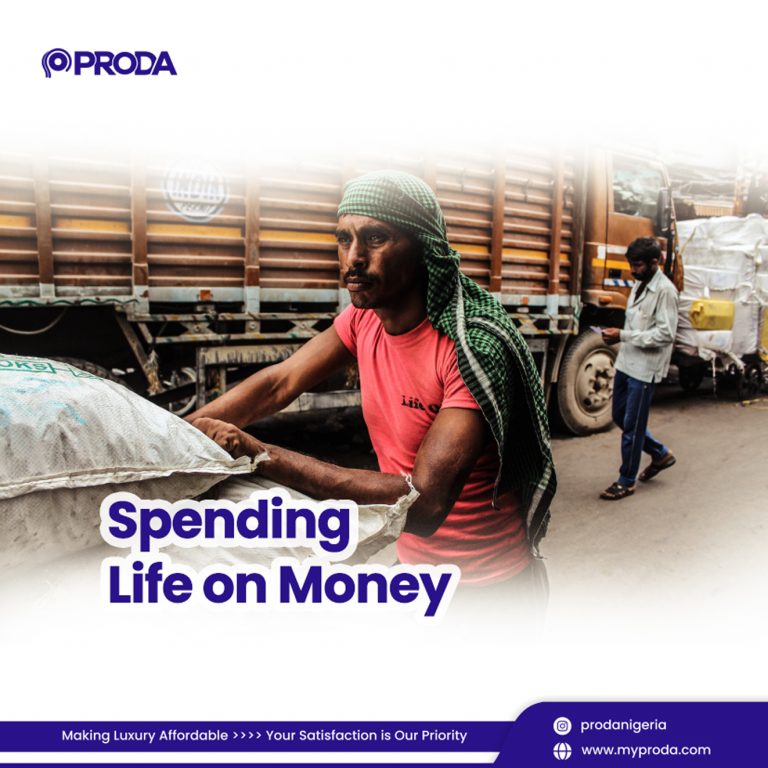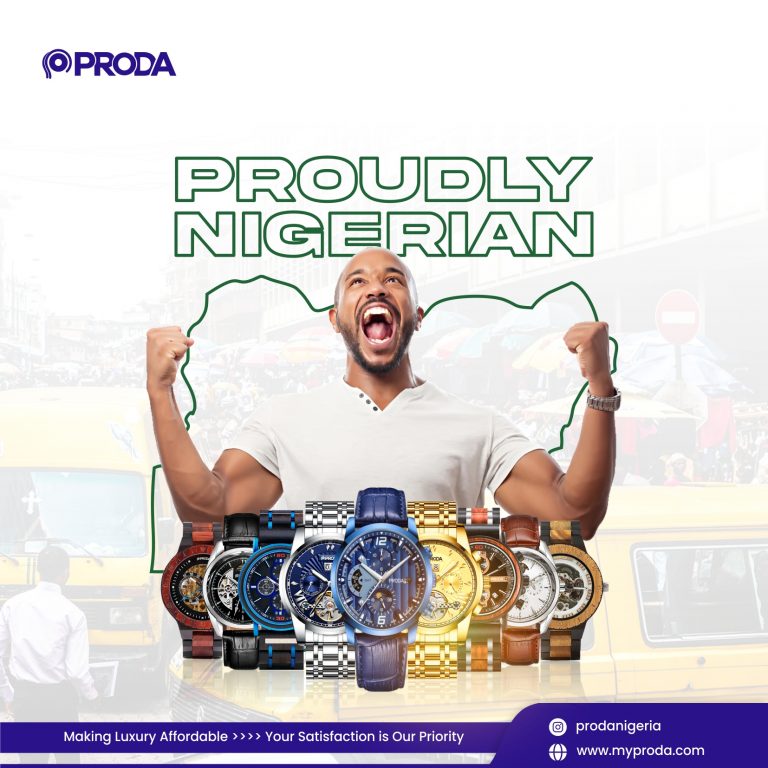What Keeps Us Together
We ended our series on the different parts of a watch with the post “Supporting Structure”. The post showed how different parts of a watch work together. That can be said about our country, Nigeria. There are different parts but there is a structure that keeps us together.
Before our contact with the Western world, during the pre-colonial era, we had our traditional forms of governance. Whether it was monarchy in some parts or a council of elders/masquerades ruling in others or a priest, a mediator between men and spirits, leading, there was a well defined form of governance that would be disrupted due to colonization.
For Britain to retain power in Nigeria, they applied two methods of governance for different parts of the country. The two forms of colonial rule used in Nigeria were direct and indirect rule. The direct rule meant the colonialists were in charge of governance directly while in the indirect rule, the colonialists ruled through the indigenous chiefs. The direct rule was mainly used in the North and South West who are used to having a supreme chief/leader while the indirect rule was used in the South East and South South in which there was not a stand out leader that was revered.
That is the reason the most influential politician in the South South could lose an election in his senatorial district whereas that wouldn’t happen in the South West. An Igbo Chief would say “I don’t pass through another man’s gate to get to my house.”
After all was said and done, Nigeria gained independence in 1960. The diverse parts of the country with its diverse religions, languages and culture had to become one. Whether or not Nigeria was ready for self-governance is a discourse I would rather avoid. The opinions on that subject make one look either unpatriotic or naive. (I am neither). And there is no need for the debate. We have been independent since 1960, before my dad met my mum.
Nigeria, with her diversity needed something to put every part together.
To be continued…







